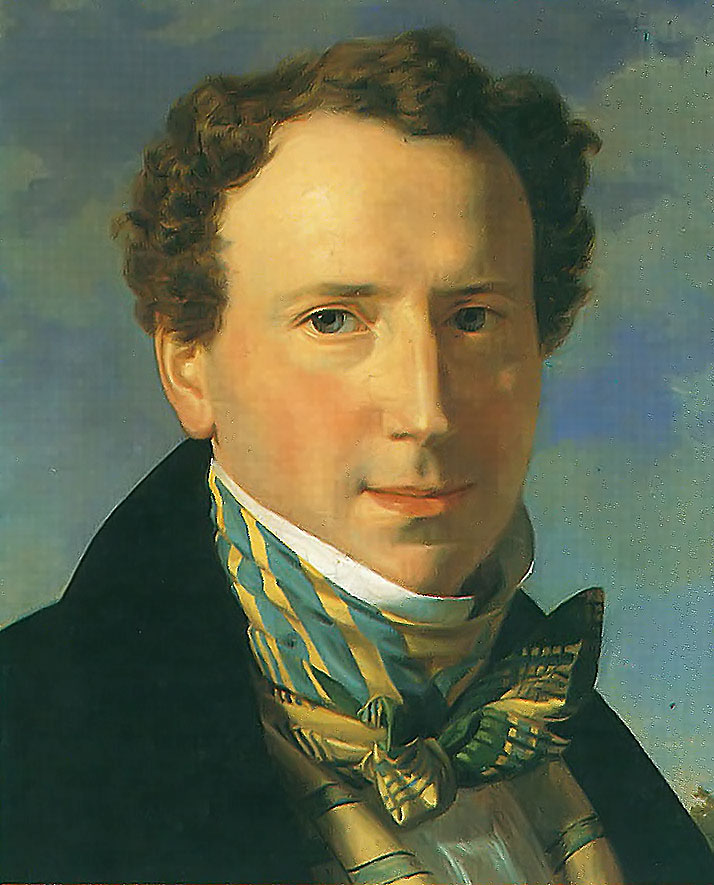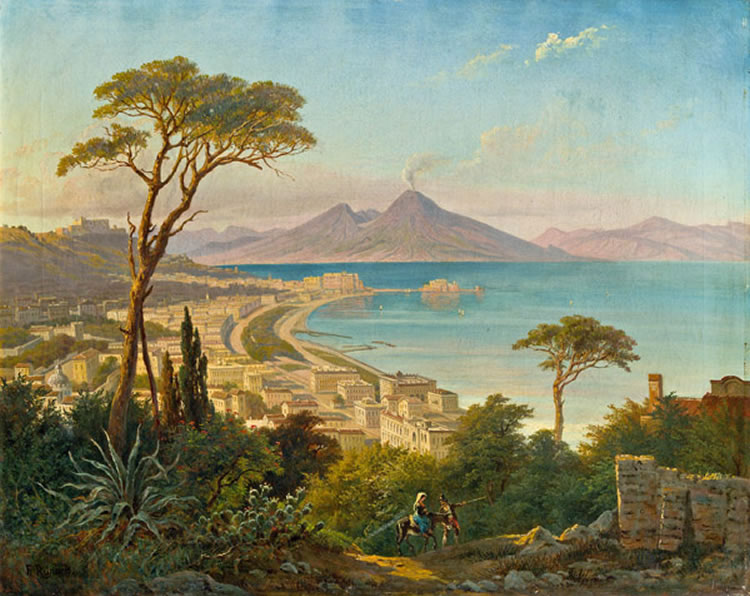
Paintings 19th - 20th century — Ancient art

Carl Constantin Heinrich Steffeck was a German painter of the second half of the nineteenth century. He is known as a painter, graphic artist, animalist and portraitist.
Carl Steffeck was particularly famous for his depictions of horses and dogs. He studied art in Berlin, Paris and Italy. Returning to Germany, the artist painted scenes of hunting and animals, sometimes turning to the historical genre. His large historical canvas "Albrecht Achilles in the struggle with Nuremberg for the standard" in 1864 acquired the National Gallery of Berlin. From the 1850s, Steffeck began teaching, earned the title of professor at the Berlin Academy of Arts and became rector of the Königsberg Academy of Arts in 1880.

Karl Theodor von Piloty was a German academic painter.
Karl Theodor von Piloty began as a genre painter and is considered one of the most important representatives of realistic historical painting, distinguished by the detailed accuracy of historical scenes and clothing. In 1874 he was appointed director of the Munich Academy of Fine Arts.

Hubertus (Huib) van Hove was a Dutch painter, son of Bartholomeus van Hove and teacher of some of the painters who later became members of the Hague School.
Hubertus van Hove began as a landscape painter, but his best works belong to other genres. Van Hove's love of colour and bright light was evident in his domestic scenes in the style of Pieter de Hoch, depicting street views viewed through the door of a room or kitchen. The Teyler Museum holds a superb example of his work The Knitter, a painting with a lively composition and a brighter and fresher colouring.

Karl Wilhelm Kolbe the Younger was a German painter of the first half of the 19th century. He is known as a painter-genre painter and stained glass artist, nephew of the famous painter Karl Wilhelm Kolbe.
Early in his career, Kolbe the Younger won a competition at the Berlin Academy of Fine Arts with his drawing "The Doom of Froben at the Battle of Verbellin". He favored historical subjects, inspired by the Dutch tradition. The famous painting "Albrecht Achilles seizes the banner in the battle of Nuremberg" was purchased from him by the city of Berlin as a gift for Princess Louise of Prussia. The master also created stained glass windows for the Marienburg Castle in Prussia, some of which are now in Berlin's Old National Gallery.

Anton Seitz was a German painter of the second half of the 19th century. He is known as a painter-genre painter, a representative of the Munich School of painting.
Seitz trained at the Nuremberg Art School in engraving, but after moving to Munich, he concentrated on domestic painting. His paintings depicted either individual characteristic figures or scenes with several actors. His subjects the artist mainly found in the everyday life of "little people".
In 1876 Seitz became a member of the Munich Academy of Fine Arts, already considered a leading master of Munich painting.

Hermann von Kaulbach was a German painter and illustrator, son of Wilhelm von Kaulbach.
Hermann von Kaulbach studied painting under Karl Piloti. His paintings are mostly brilliant technically and are particularly interesting for their excellent detailing, which, however, sometimes hurt the interest of the content.
In 1886 he was appointed professor of the history of painting at the Munich Academy of Fine Arts.

Ernst Karl Georg Zimmermann was a German painter of the last third of the 19th century. He is known as a genre painter.
Ernst Zimmermann received his first painting lessons from his father, the painter Reinhard Sebastian Zimmermann. Early in his career, he produced humorous genre paintings before moving on to create large works, including the famous works The Adoration of the Shepherds, Christ and the Fishermen, and Christ the Comforter. Zimmermann was a royal professor and honorary member of the Munich Academy of Fine Arts.

Hugo Wilhelm Kauffmann was a German painter of the second half of the 19th and early 20th centuries. He is known as a household painter, a representative of the Munich school of painting.
Kauffmann painted genre works, the action of which often took place in taverns. He executed his paintings on wood in small sizes. The artist's keen observation and healthy sense of humor, combined with his characteristic drawing and coloring, gave his works freshness and vividness. He drew his subjects from the life of the lower strata of society, creating a sense of reality in his paintings.

Emil Rau was a German painter and gesture painter.
He studied at the Dresden Academy of Fine Arts and in Munich at the Academy of Fine Arts.
Rau specialized in portraits and paintings of domestic genre scenes of rural and bourgeois life in Germany, romantic and idealized. Pastoral paintings of shepherds and shepherdesses against the backdrop of alpine mountains, ruddy cheerful girls, and rich peasant homes were very popular with the general public. Emil Rau's illustrations were published in youth and family magazines and in the weekly satirical magazine Fliegende Blätter.
Arturo Ferrari is an Italian landscape painter. He studied painting at the Brera Academy in Milan.
The main theme of Arturo Ferrari's work was urban views. In a short time the artist became the "architect of the poetic and sentimental reconstruction" of old Milan.












































 Marr.jpg)


























